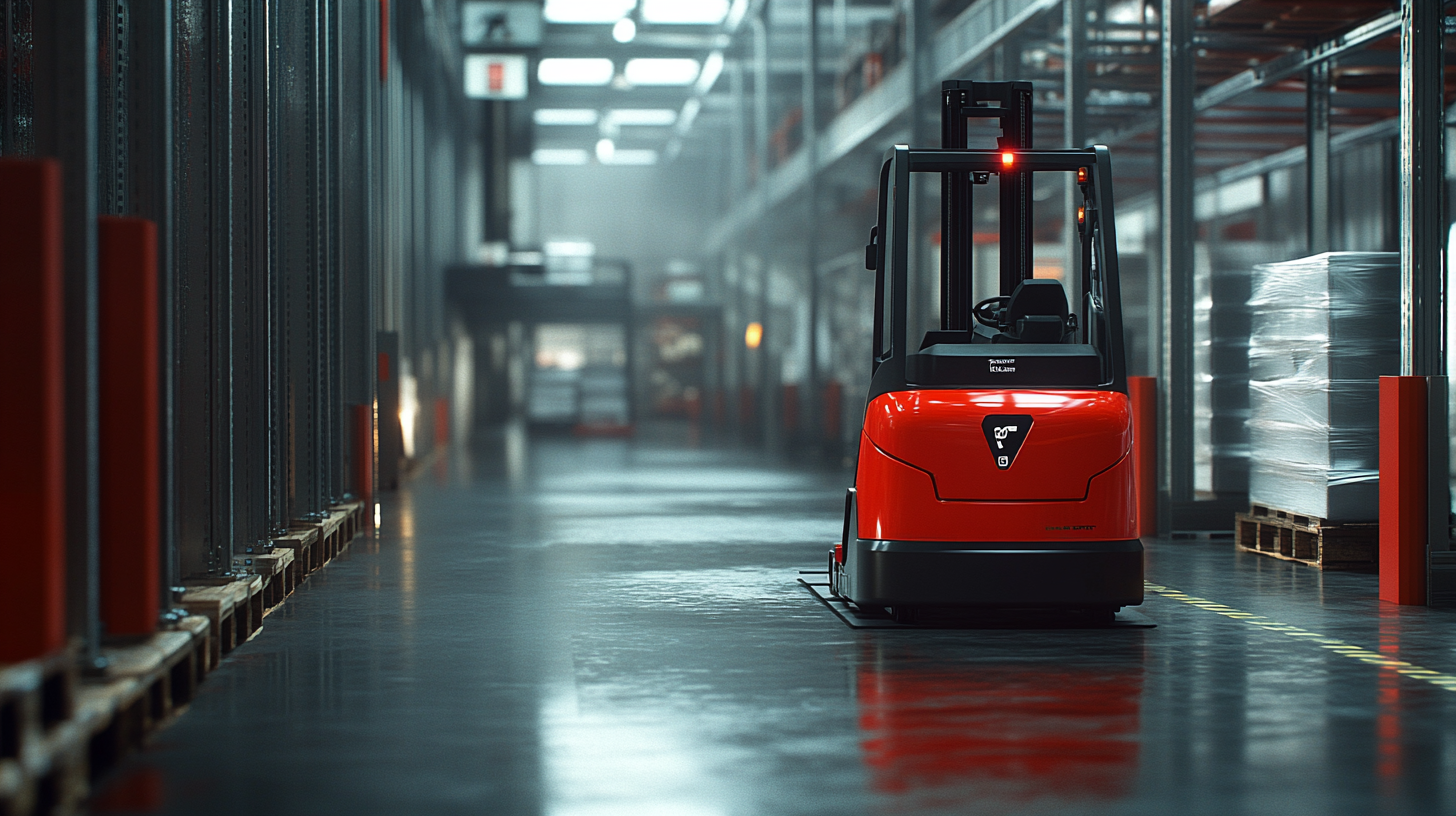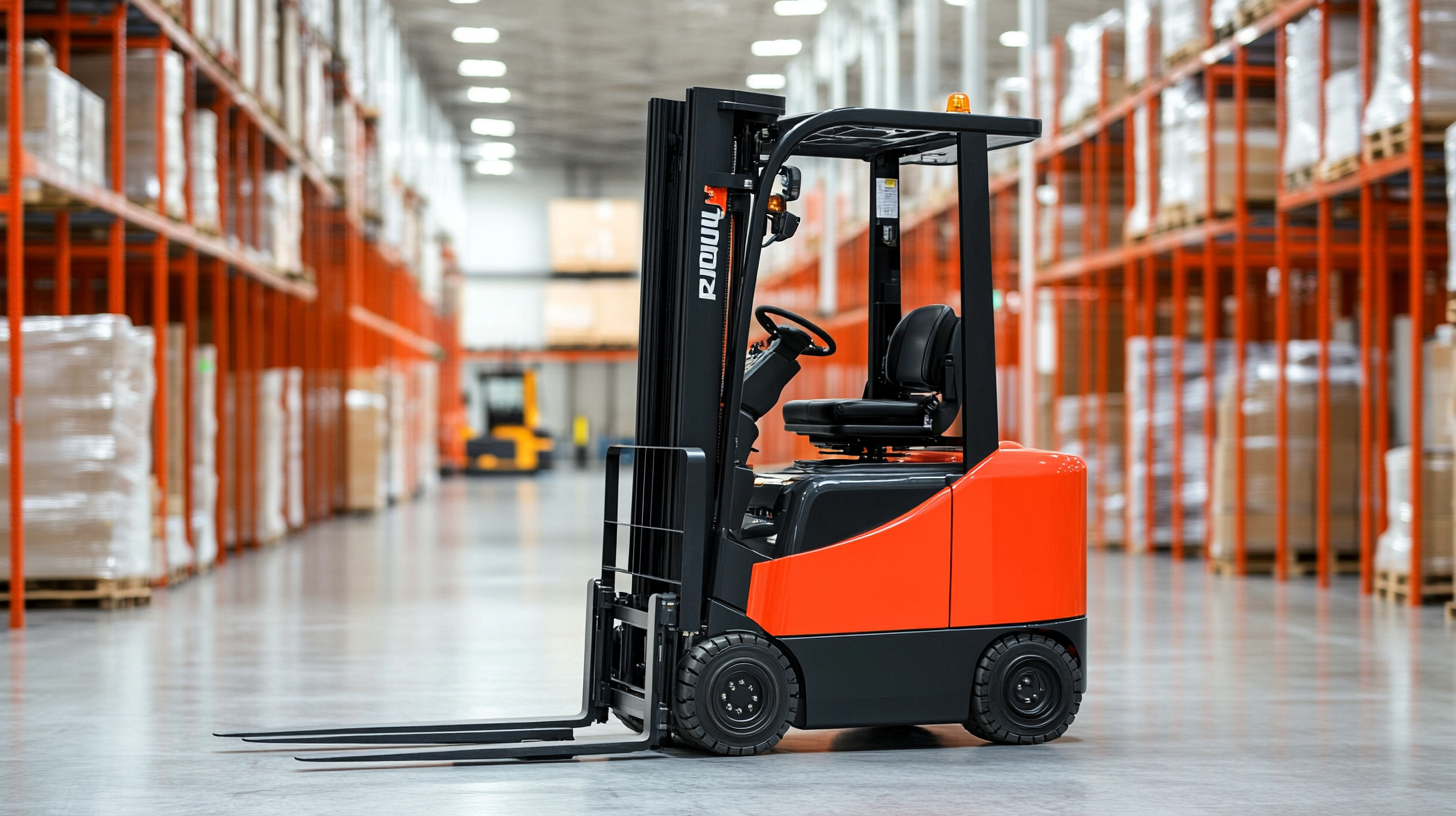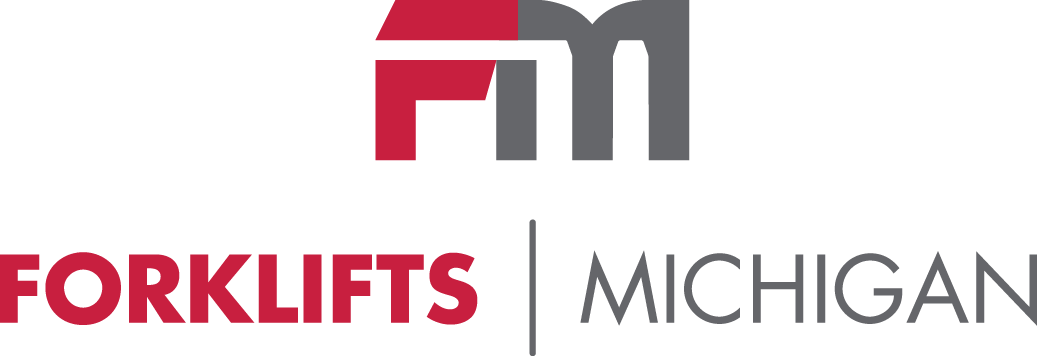Maximize Your Warehouse Efficiency: Essential Tips for Choosing the Right Floor Forklift
In today's fast-paced logistics environment, maximizing warehouse efficiency is critical for maintaining a competitive edge. According to a report by the Material Handling Industry of America, warehouses that optimize their material handling strategies can improve operational productivity by up to 30%. A key component of this optimization is the selection of the right equipment, particularly the floor forklift. As a versatile and essential tool in modern warehouses, floor forklifts not only streamline the movement of goods but also enhance safety and reduce labor costs. With advancements in technology and design, choosing the right floor forklift can significantly impact the overall performance of warehouse operations. Understanding the specific needs of your warehouse and integrating the appropriate floor forklift can lead to substantial improvements in efficiency, ultimately contributing to better service delivery and increased profitability.

Understanding the Different Types of Floor Forklifts for Your Warehouse Needs
When selecting the right floor forklift for your warehouse needs, understanding the types available is crucial. There are several variations of floor forklifts, including electric, manual, and hybrid models, each designed to serve specific operational requirements. For instance, electric forklifts are ideal for indoor operations due to their low emissions and quiet operation, while manual forklifts are cost-effective and suitable for lighter loads. According to recent industry reports, the global forklift market is projected to grow at a CAGR of 7.5% from 2023 to 2030, emphasizing the increasing demand for efficient warehouse equipment as companies aim to optimize their operations.
In the light of evolving warehouse designs and heightened productivity demands, leveraging advanced forklift technology is essential. The advent of automated systems, coupled with well-trained personnel—as highlighted during National Forklift Safety Day 2024—ensures optimal safety and performance. Reports indicate that a properly trained workforce significantly reduces the risk of workplace accidents and equipment misuse, which are critical considerations given the peak-season demands that warehouses often face. As the requirements for storage and distribution continue to evolve, understanding these variations and maintaining appropriate safety measures will significantly enhance overall warehouse efficiency.

Key Factors to Consider When Selecting a Floor Forklift for Maximum Efficiency
When selecting a floor forklift to maximize warehouse efficiency, it’s crucial to consider several key factors that influence not only the productivity but also the operational safety within your facility. The latest innovations in industrial trucks reflect a growing emphasis on ergonomics and driver assistance systems. These features are designed to enhance operator comfort and reduce fatigue, ultimately leading to improved order-picking response times. For instance, integrating adjustable ergonomic controls and intuitive steering systems can significantly boost efficiency in high-volume environments, such as retail warehouses.
Another important consideration is the technology and automation capabilities of the forklift. The material-handling market is evolving, with manufacturers investing in autonomous solutions that streamline operations and minimize human error. By choosing a forklift equipped with advanced features like real-time data analytics and fleet management software, businesses can optimize their storage allocation and inventory levels. In a rapidly changing market landscape, these technological advancements will ensure that warehouse operations remain agile and responsive to shifts in supply chain demands.

Benefits of Ergonomic Forklifts in Enhancing Warehouse Operations
When it comes to enhancing warehouse operations, the choice of forklift plays a crucial role, with ergonomic forklifts standing out as a significant asset. These advanced machines are designed with the operator's comfort in mind, incorporating features that reduce physical strain and fatigue. From adjustable seats to intuitive controls, ergonomic forklifts help improve productivity by allowing operators to focus more on their tasks rather than discomfort or potential injuries.
The benefits of ergonomic forklifts extend beyond individual comfort; they also contribute to overall warehouse efficiency. By minimizing the risk of musculoskeletal injuries, businesses can reduce downtime related to worker discomfort or injury claims. Moreover, a more comfortable operator can handle tasks with greater speed and accuracy, ensuring that items are moved and stored effectively. As a result, investing in ergonomic forklifts not only boosts the morale of the workforce but also enhances operational workflows, ultimately leading to increased profitability for the business.
Incorporating ergonomic principles into forklift selection is not just about compliance with health standards; it reflects a commitment to creating a safer and more efficient working environment. By prioritizing operator well-being, warehouses can optimize their operations while fostering a culture of care and productivity.
Maintenance Tips to Keep Your Floor Forklift Running Smoothly
When it comes to maintaining floor forklifts, ensuring their operational efficiency is crucial, especially during peak seasons when demand surges. According to industry reports, well-maintained forklifts can improve overall warehouse productivity by as much as 20%. Regular maintenance not only extends the lifespan of forklifts but also minimizes downtime, which is essential when businesses are striving to keep up with increased workloads.
Craft brewing professionals emphasize the importance of routine checks and proactive maintenance strategies. Simple practices like inspecting tire conditions, checking for leaks, and ensuring that the hydraulic systems are functioning properly can prevent minor issues from escalating into major operational setbacks. Moreover, adopting a systematic maintenance schedule can ensure that forklifts are serviced at optimal intervals, aligning with the high demands experienced in warehousing and distribution centers.
Keeping a log of maintenance activities is another best practice highlighted in the industry. This helps in tracking performance metrics and identifying when repairs or part replacements are necessary. By following these maintenance tips, businesses can not only enhance the performance of their floor forklifts but also ensure safety and efficiency in their warehouse operations during the busiest times.
Warehouse Efficiency Factors
Evaluating Cost vs. Efficiency: Making the Right Investment in Forklift Technology
When it comes to selecting the ideal floor forklift for your warehouse, balancing cost against efficiency is crucial. According to the International Society of Automation, an optimized forklift fleet can reduce operational costs by up to 20% while simultaneously increasing productivity by 15%. It’s essential to focus on models that align with your specific operational needs rather than simply opting for the cheapest option.
Investing in advanced forklift technology, such as electric models or those equipped with smart sensors, can lead to significant long-term savings. A recent report from the Material Handling Industry Association indicates that switching to electric forklifts can save businesses an estimated $1.50 in energy costs per hour compared to their gas-powered counterparts. Furthermore, enhanced efficiency features not only streamline operations but can also lead to reduced maintenance costs, reflecting a savvy investment decision that pays dividends over time.
Ultimately, taking a comprehensive approach to evaluate your needs and the associated efficiencies can yield a sustainable advantage in the competitive warehousing landscape. By prioritizing both cost and efficiency, businesses can remain agile and better equipped to respond to market demands.
Maximize Your Warehouse Efficiency: Essential Tips for Choosing the Right Floor Forklift
| Forklift Model | Cost ($) | Efficiency Rating | Load Capacity (lbs) | Maintenance Cost (Annual $) |
|---|---|---|---|---|
| Toyota 8FBCU25 | 28,000 | 95 | 5,000 | 1,200 |
| Hyster J40XNL | 32,000 | 90 | 4,000 | 1,500 |
| Yale ERP050VG | 30,500 | 92 | 5,000 | 1,300 |
| Nissan UC1D2A25LV | 27,000 | 88 | 4,500 | 1,000 |


